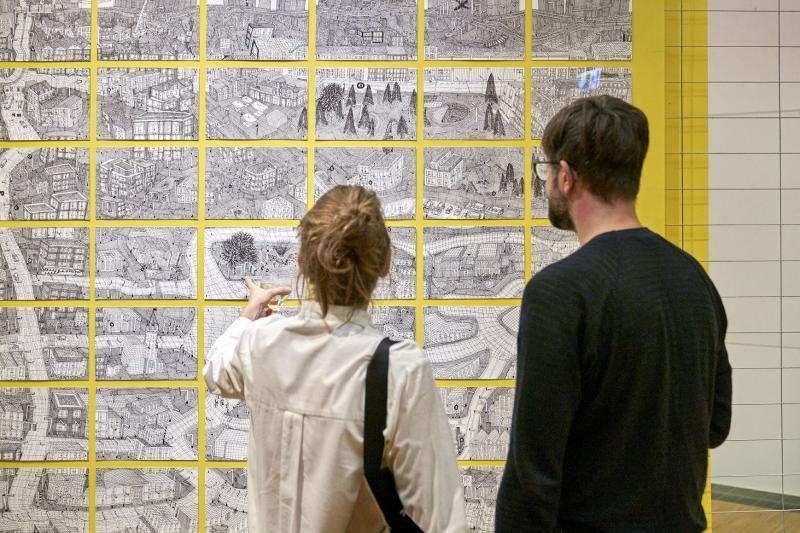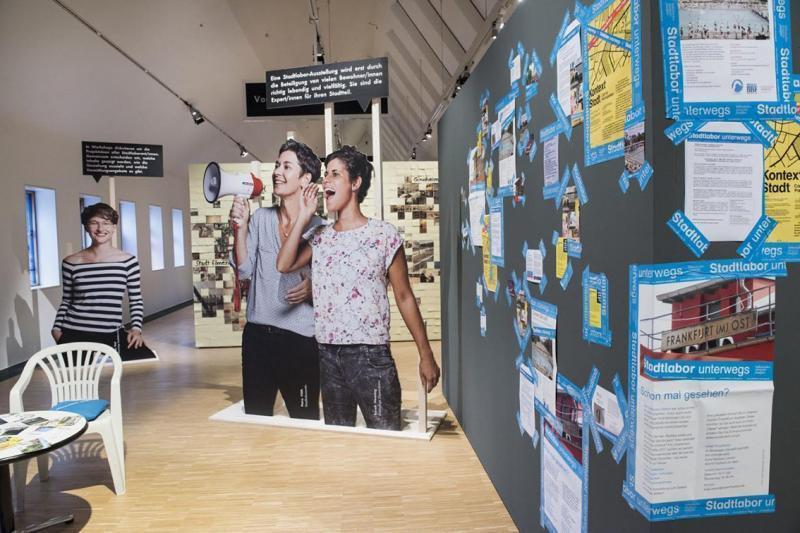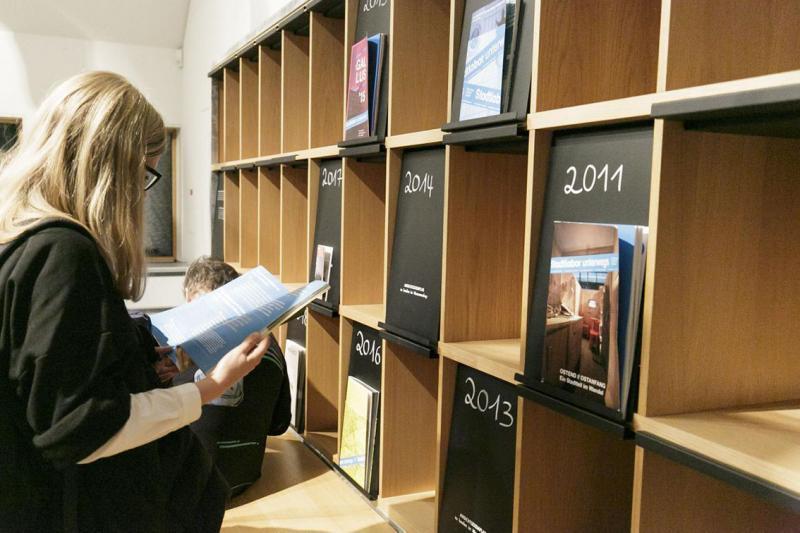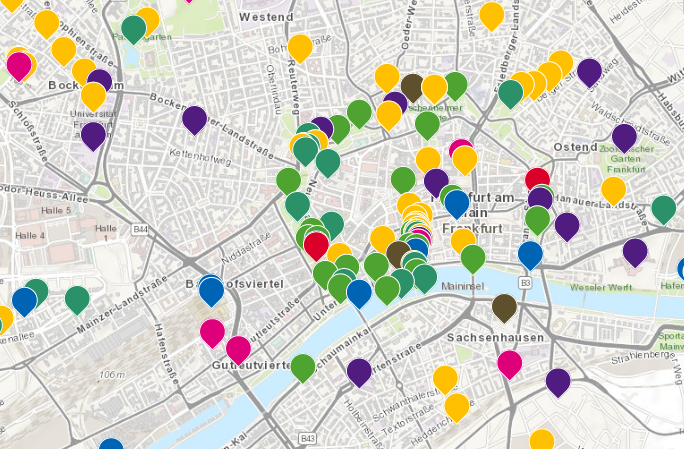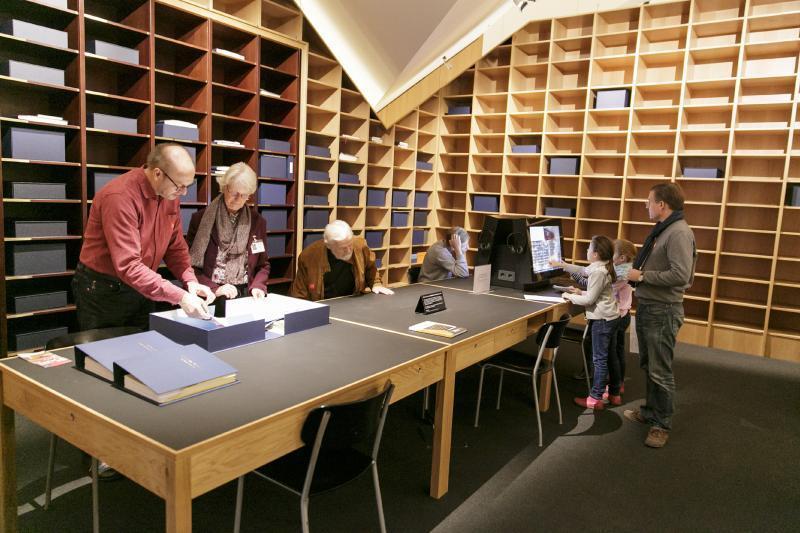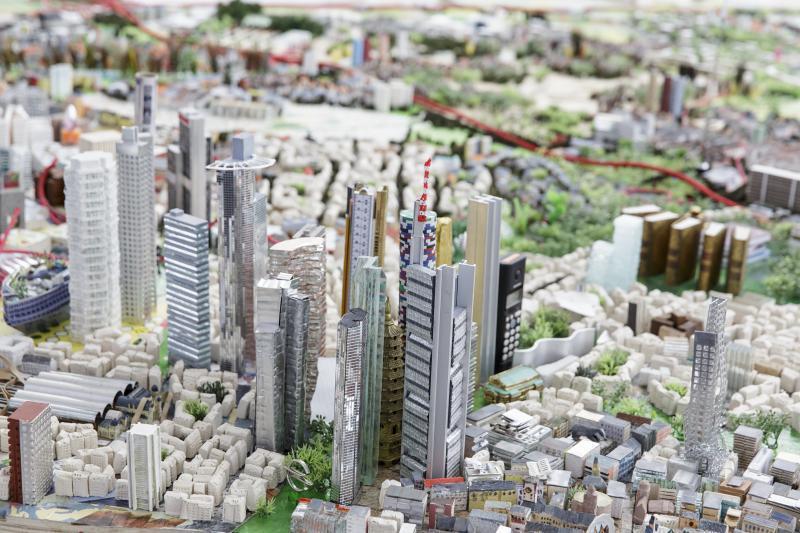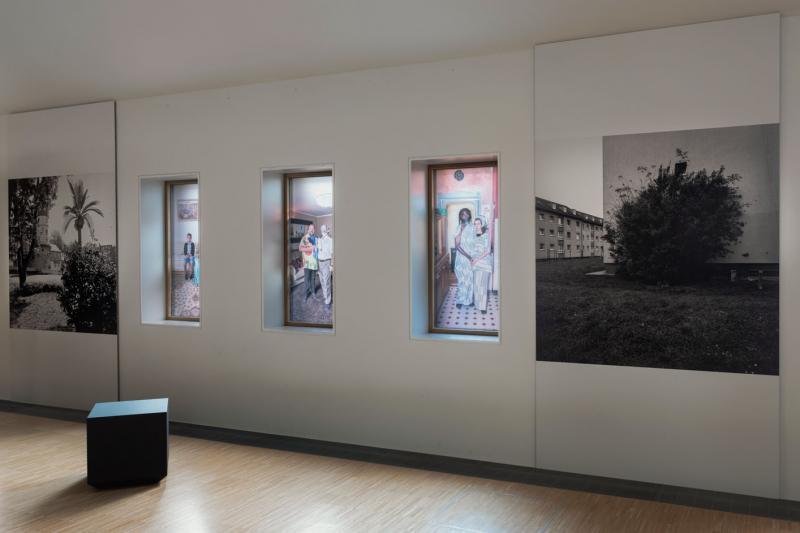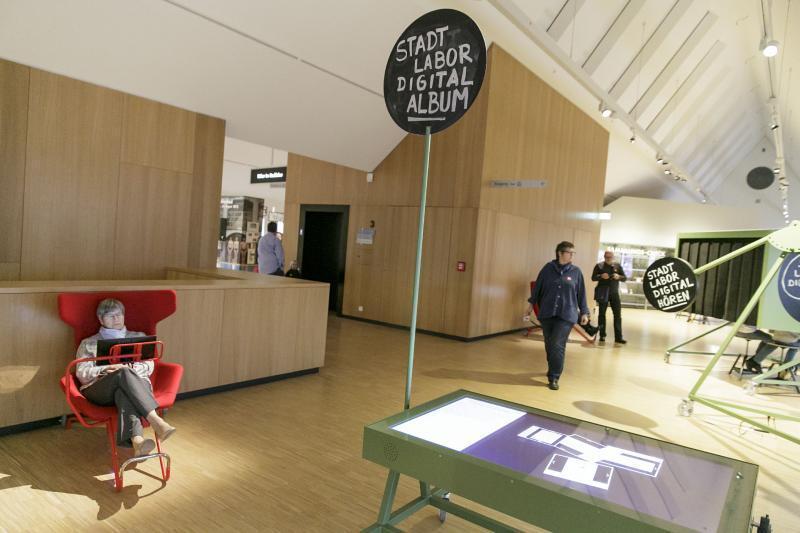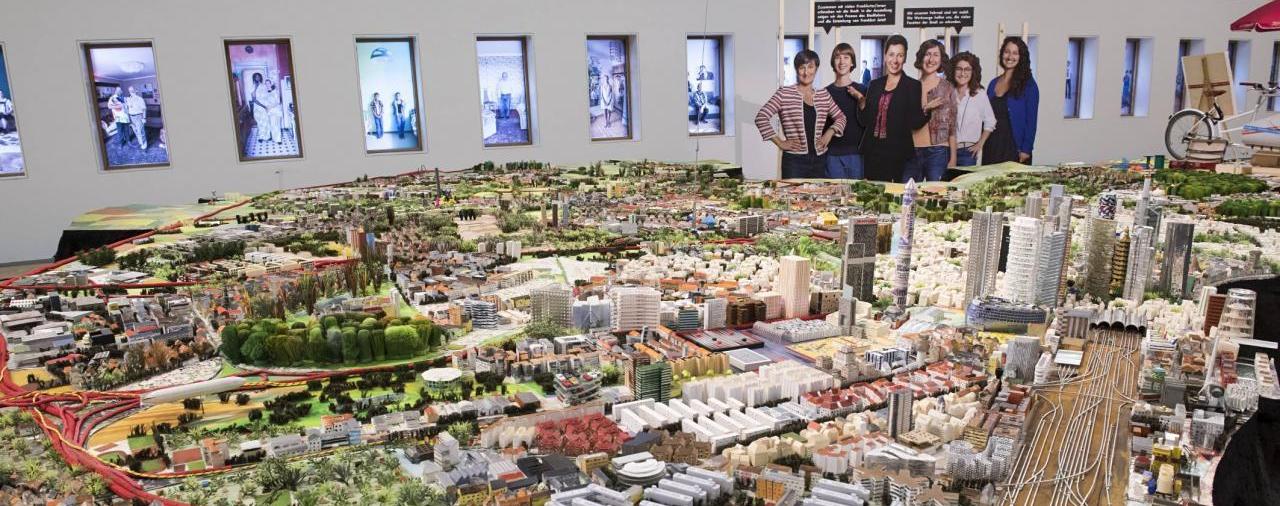
Frankfurt Now!
The new permanent exhibition Frankfurt Now! is open to visitors in the upper floor of the new building. Frankfurt Now! is an exhibition and events space measuring around 1,000 m2 which gives us the chance to constantly discover new things about our city in cooperation with Frankfurters themselves. What does life look like in Frankfurt? What is special about Frankfurt? What do we hope for the future?
Who would be able to answer these questions better than Frankfurters themselves? They are the experts on this city, and have dedicated their Frankfurt knowledge to this room. We invite you to present your expert knowledge in the Historisches Museum Frankfurt and to share it with others. The motto of Frankfurt Now! is: Frankfurt is many cities. Which Frankfurt do you live in? To be able to answer this question, we are always developing new methods as well as exhibition and event formats. The exhibition addresses Frankfurt’s present and questions the knowledge and experience of its inhabitants. It is aimed at Frankfurters, first and foremost. Participative methods play an important role in this exhibition space.
An important part of this new exhibition room was created by exhibition architects KOSSMANN.DEJONG from Amsterdam, with whom we are developing the participative exhibition concept and the creative form.

